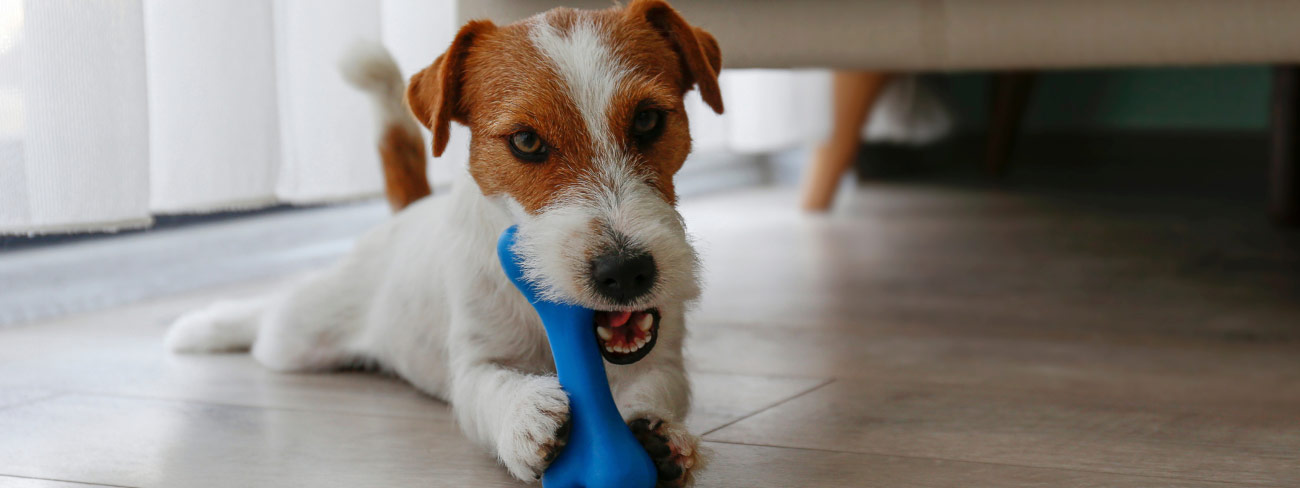
Understanding Resource Guarding in Dogs
If your dog growls, stiffens, or snaps when you approach their food, toys, bed, or even a person they love, you might be dealing with resource guarding. While it can feel personal or worrying, resource guarding is a natural canine behaviour rooted in survival instincts. Dogs guard things they consider valuable – from bones to sleeping spots, to keep them safe from perceived threats.
Resource guarding is common and can happen in dogs of any breed, age, or background. The key is understanding why it happens and how to address it safely and kindly.
Signs of Resource Guarding
Resource guarding can be subtle or obvious. Common signs include:
Body stiffening when you approach
Freezing over an item
Lowering head over the guarded object
Growling or snarling
Showing teeth
Snapping or biting if approached
Blocking access with their body
Some dogs guard only one type of resource (e.g., food), while others may guard multiple items, people, or even spaces.
Why Dogs Guard Resources
Guarding food and safe spaces was originally essential for survival. In the home, resource guarding often develops due to:
Genetics – Some dogs are naturally more inclined to guard
Early experiences – Competition for food or toys as puppies
Inconsistent handling -Resources being taken away without trade
Anxiety or insecurity – Feeling unsafe or threatened
Medical issues – Pain or illness making a dog less tolerant
How to Help a Dog Who Resource Guards
1. Don’t Punish the Warning Signs
Growling is communication. Your dog is telling you they’re uncomfortable. Punishing growls can lead to silent bites, removing the warning but not the fear.
2. Identify and Manage Triggers
Notice when and where guarding happens. Manage the environment to reduce stress, such as feeding separately from other pets or removing access to certain items.
3. Use Counterconditioning and Desensitisation
Pair your approach with something positive, like tossing treats from a distance, so your dog learns that people near their resources mean good things, not loss.
4. Teach a Positive “Drop It” or “Trade”
Train your dog to happily give up items in exchange for something better. This builds trust and reduces the urge to guard.
5. Work at Your Dog’s Pace
Rushing can backfire. Gradually build comfort around triggers with short, positive sessions.
6. Seek Professional Support
Resource guarding can escalate if not handled correctly. An experienced, force-free dog behaviourist can create a safe, tailored plan for your dog.
When to Get Professional Help
If your dog’s guarding is frequent, intense, or has led to bites, professional guidance is essential. At Gentled Animals, we work with you to:
Understand your dog’s unique triggers
Create a science-based, kind behaviour plan
Support you step-by-step with follow-ups and feedback
Keep everyone safe while reducing guarding behaviour
Book a Free Discovery Call today and start building trust, safety, and harmony in your home.